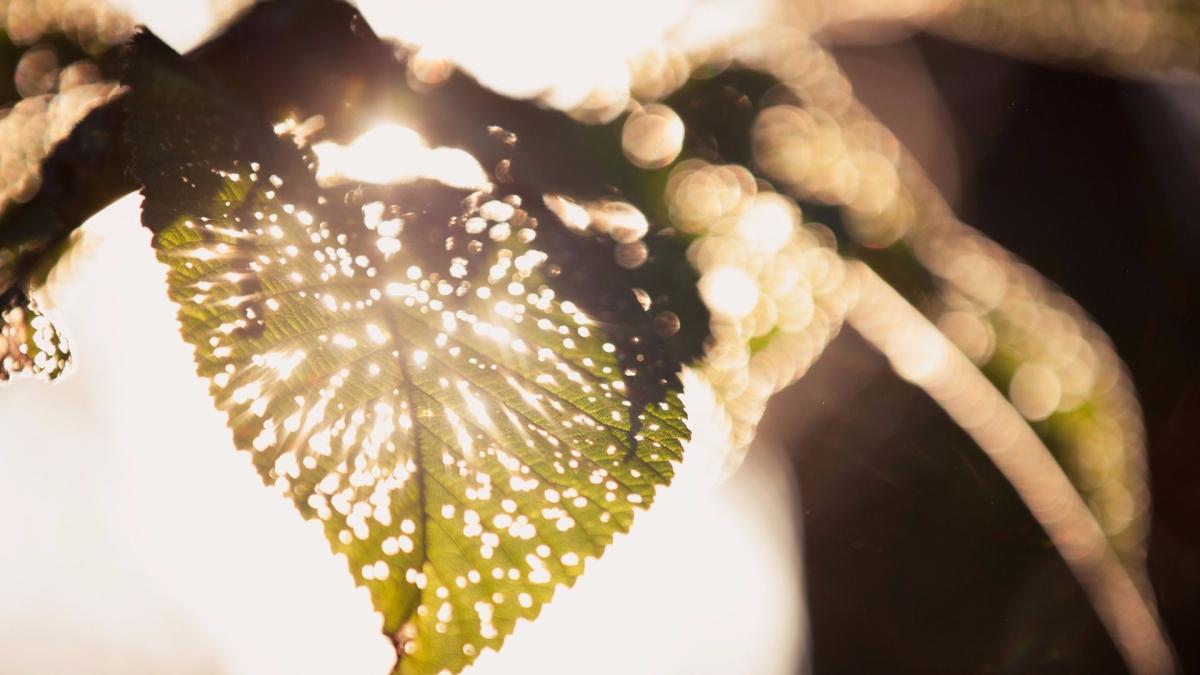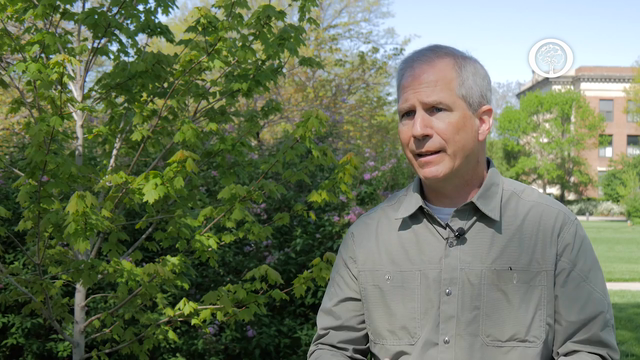Ask an Arborist: How Do I Check for Tree Pests?
Tree health is an important aspect of tree care.
Tree health is an important aspect of tree care. There are numerous reasons a tree may look unhealthy including factors such as drought, disease, invasive species, pests, and improper care. Distinguishing the difference between a pest infestation or tree stress can be challenging when many of the symptoms look similar. However, knowing what species your tree is and whether there are known pests or diseases to that species will help narrow down possible threats.
The end of the summer is a great time to check trees for pests and disease. August is tree check month, an annual campaign to check for the Asian Longhorned beetle (ALB), however it’s also a fitting time to check for other pests. Spending 10 minutes of your day to check trees for signs of damage can help save your trees, and your wallet.
Disease outbreaks are often seasonal, regional, and species specific. Because of the numerous factors that impact a tree’s health, infestations and disease will vary from location to location. Identifying signs of common diseases or pest outbreaks are important so that you know how to treat infected trees.
What are possible pests to check for?
There are hundreds of pests and diseases killing millions of trees across the country. These are a few common infestations overtaking trees:
- Asian Longhorned Beetle
- Cedar Rusts
- Dutch Elm Disease
- Emerald Ash Borer
- Pine Beetle
- Thousand Cankers Disease
Read How to Identify Tree Ailments
How do I check for signs of pests?
Signs of pests will vary from tree to tree and the type of infestation. One of the first visible signs of pests will show on the leaves. Symptoms of an infestation are also visible on bark, branches and twigs. Here are a few signs that your tree will show if it is infested:
- Leaves: check for damage, discoloration, sudden thinning foliage, borer holes, and abnormal leaf sizes.
- Branches & trunk: check for branch growth, if growth is less than previous years there may be a disease or pest present. Other symptoms of pests include holes and frass on the trunk, and lifting roots.
Examine surrounding plants, if the symptoms you observed on your tree are visible on multiple specimens of different species, you could be looking at a different problem entirely than an insect or disease.
What do I do if my tree is infested?
- Make note of what you found, where you saw it and take a photo, if possible.
- Also, try to capture the insect. Place it in a container and freeze it. Doing so will preserve it for easy identification by the USDA.
- Finally, report your findings to your state department of agriculture.
Which tree questions do you want answered? Comment below!



